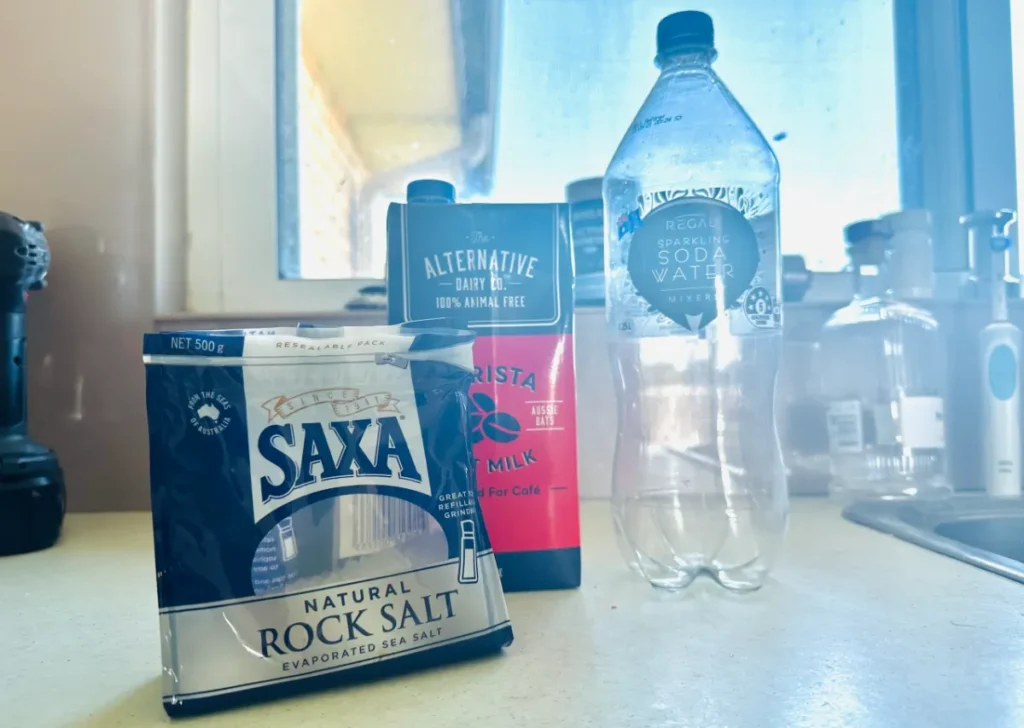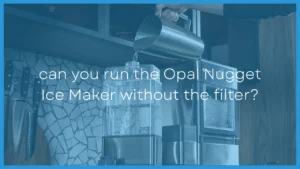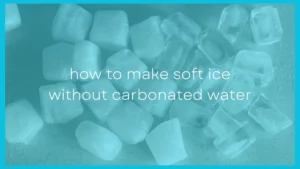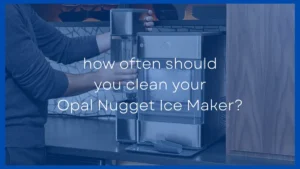Ice packs are great to keep food or drink cold or to apply to injuries but sometimes ice packs from your freezer aren't quite cold enough.
You can make ice packs much much colder than a home freezer and in this article I'm going to show you how. But it's not how you would think.
We aren't going to be making a cold ice pack and then freezing it. But rather taking already frozen water and making it colder after we take it out of the freezer. Here's how to make the coldest ice pack – it's really simple:
To make the coldest ice pack take frozen ice cubes and put them in a ziploc bag. Add a good amount of salt or isopropyl alcohol and then shake. As the salt dissolves and melts the ice it actually makes the ice colder, lowing the temperature of your ice pack making it colder than normal.
In this article I'm going to show you how to make the coldest ice pack as well as how to make an ice pack last longer. Then (if you're interested in reading on) I'll explain to you WHY this method makes the coldest ice pack.
How To Make The Coldest Ice Pack
There are two different ways of making the coldest ice pack and both use the same principal of taking frozen ice cubes and adding something (in this case salt or isopropyl alcohol) to make them melt faster and get colder in the process.
How To Make A Salt Water Cold Ice Pack
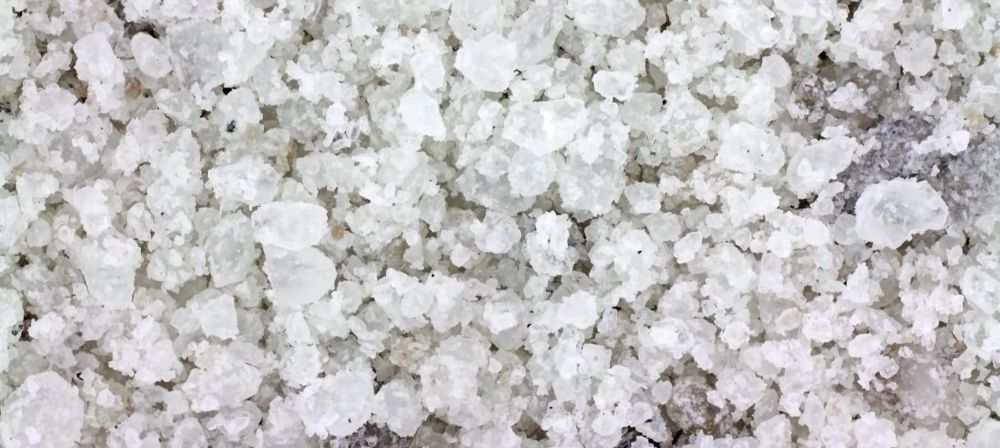
This is a really simple method to make one of the coldest ice packs and this is actually a safer method than the isopropyl alcohol method, however the alcohol one can get a little bit colder.
You'll need:
- Ice cubes
- Salt
- Ziploc bag
- Take ice cubes from the freezer and place in a ziploc bag
- Add salt into the ziploc bag (1-2 tablespoons or more)
- Shake the bag to encourage salt to dissolve into ice
- Continue to shake as ice melts, making the ice melt faster
The faster the salt dissolves and the faster the ice melts the colder your ice pack will get.
How To Make An Even Colder Ice Pack with Alcohol

This method can make an even colder ice pack than the salt water one because of the fact that you can put the isopropyl alcohol in the freezer. So both the ice and alcohol are starting out extremely cold and will just get colder.
The addition of the alcohol liquid can make it a more effective ice pack for injuries as it's easier to mold to your body earlier.
The downside of this is that you don't want the alcohol to touch your skin or it can be absorbed into your bloodstream from there. So if you spill the alcohol or the pack pops then that's not good.
You'll need:
- Ice cubes
- Isopropyl alcohol (rubbing alcohol)
- Ziploc bag
- Freeze ice cubes AND put isopropyl alcohol in the freezer
(the alcohol will stay liquid but will get really cold) - Place ice cubes in ziploc bag and add isopropyl alcohol
(use a 2:1 or 1:1 water to alcohol ratio) - Seal up bag and then shake to encourage the alcohol to dissolve in and melt the ice
- Continue to shake as ice melts making it melt faster
Because both the ice cubes and the alcohol are starting at extremely low temperatures (from your freezer) and as the ice melts it gets colder the can make one of the easiest cold packs.
How To Make Your Ice Pack Last Longer
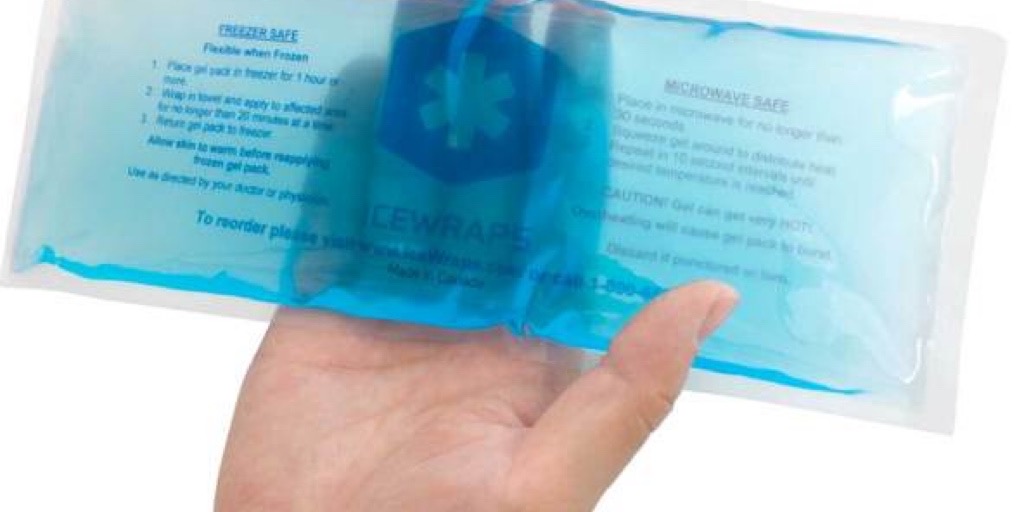
Making your ice pack last longer is different to making the coldest ice pack.
But sometimes you don't actually need your ice pack to be colder than your freezer, you just need it to stay colder for longer.
There are a few ways you can make your ice pack last longer
Larger Ice Pack, Less Surface Area
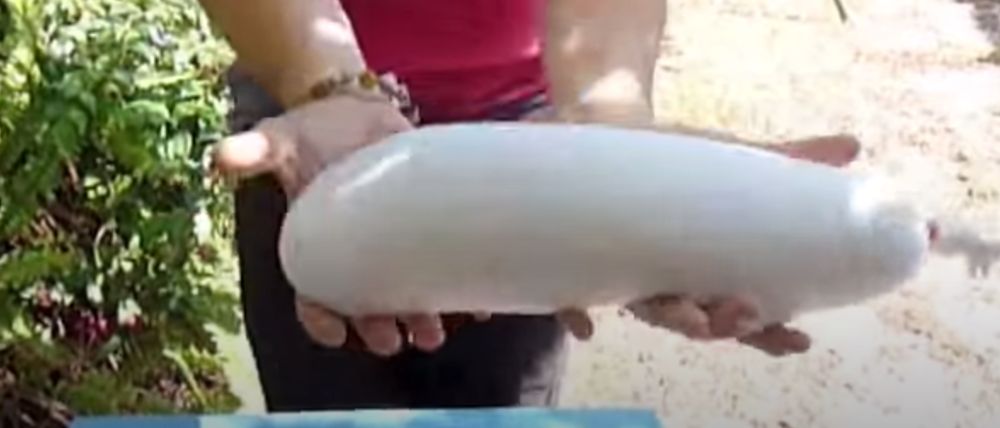
Ice packs are usually designed to be thin and flat and cover a large surface area.
This makes them freeze really quickly and it can be great to apply to injury spots, however this design also means they warm up much more quickly and don't stay cold very long.
By using a larger ice pack there is more thermal mass and thus it takes longer to warm up. If you're making your own ice pack bigger is sometimes better.
It'll take longer to get cold, but it'll stay cold a lot longer than a small ice pack.
A Denser Ice Pack
Rice ice packs can be easy to make and can get cold but because they are lightweight and not very dense they don't tend to stay cold for very long.
Water and gel ice packs are denser and thus stay colder longer.
Clay ice packs can also be more dense than gel ice packs and can stay colder for even longer periods of time.
See the latest prices for clay ice packs at Amazon
INSERT IMAGE
Also simply folding the ice pack in half can reduce the surface area and the reduce the space heat has to escape. This will help to keep your ice pack colder for longer.
Insulating Your Ice Pack With a Towel
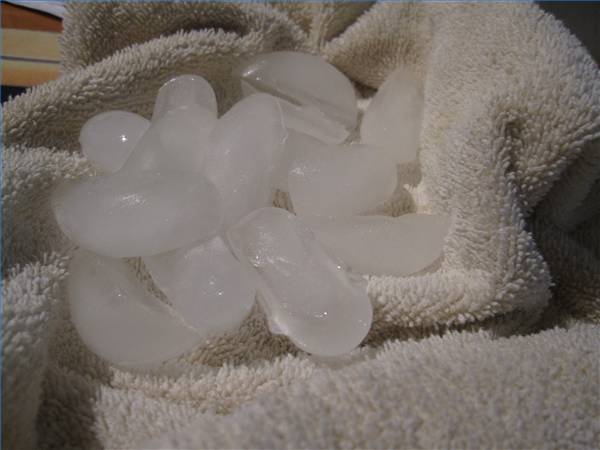
When using an ice pack part of it will be on your body cooling down your body, but a large part of it will simply be facing the outside air.
This outside air will warm up your ice pack without giving you any benefit.
You can make your ice pack last longer simply by adding a layer of insulation between the ice pack and the outside air.
A towel or small tea towel can often do this job really well.
If you want to insulate the ice pack but want the full strength of it's cooling power on your body then put it directly on your body then lay a towel over the top of it.
Alternatively wrap it in a towel and wet just the side of the ice pack that will be touching your skin. The water will transfer the cold to your skin while the dry side of the towel can insulate the ice pack from the outside air.
Other Ways To Make a Colder Ice Pack
You can use the endothermic reactions mentioned above to make the ice pack colder once you take it out of the freezer. But you should also consider how to make your ice pack colder without these reactions.
There are two simple ways to do this.
Make Your Freezer Colder
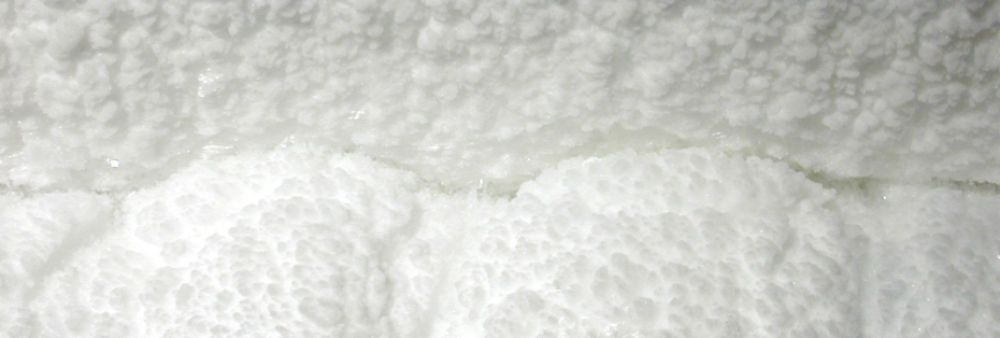
Freezers usually have different settings and often your freezer won't be set to the coldest setting.
By lowering your freezer temperature by choosing the coldest setting your ice pack will get colder than if it is placed in a warmer freezer.
This is simple enough.
Use Dry Ice
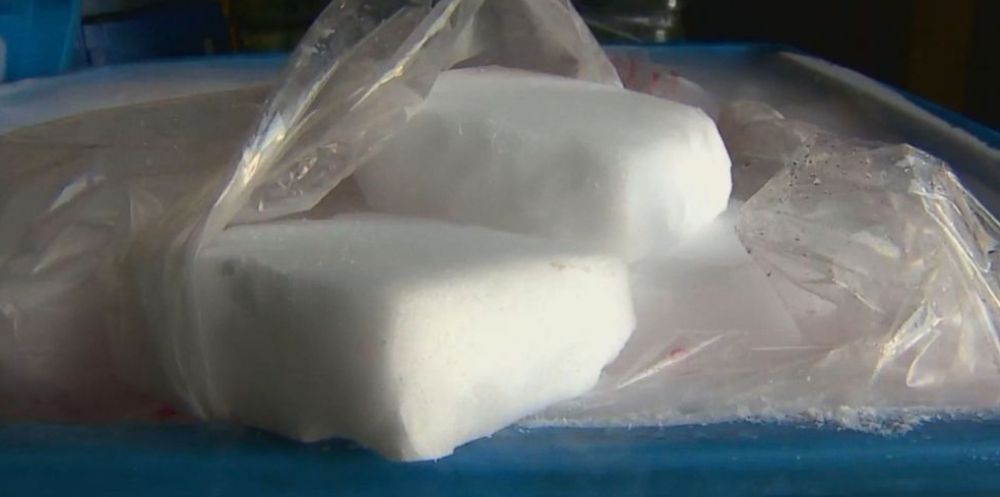
Another way to make an ice pack SUUUUUPER cold is to use some dry ice to cool it down.
Dry ice is a whopping -109ºF (-78.5ºC) which is much much colder than a household freezer ever gets.
Putting your ice pack up against dry ice will transfer that extreme cold into the ice pack.
However, this can be dangerous as dry ice is so cold it can burn your skin and cause frostbite. Making an ice pack this cold could also cause frostbite if you aren't careful.
The Science Behind The Coldest Ice Pack
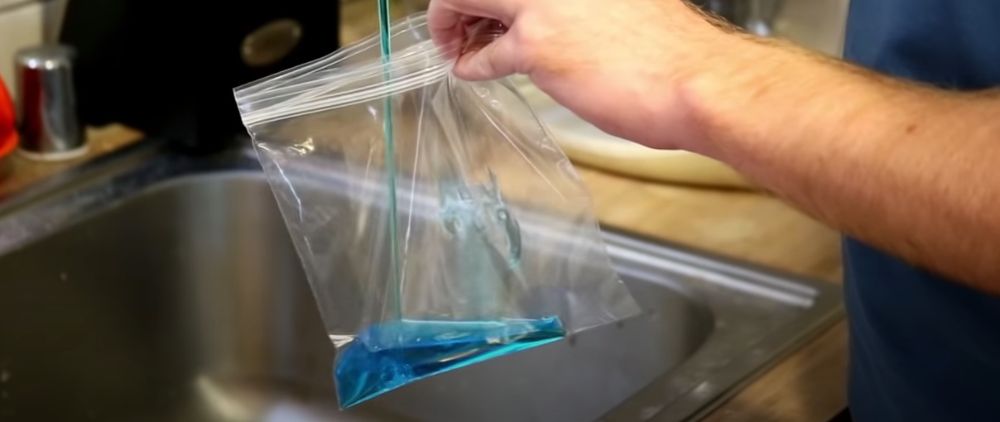
Now it's time to get a bit nerdy into how and why the above mentioned methods are able to create the coldest ice packs out there.
Despite what you make think different formulations of ice packs don't freeze colder than others if placed in the same freezer.
So to make a colder ice pack you either need a colder freezer or you need to do some simple science to lower the temperature of the ice pack once you take it out of the freezer.
Different Formulations Of Ice Packs Don't Freeze Colder
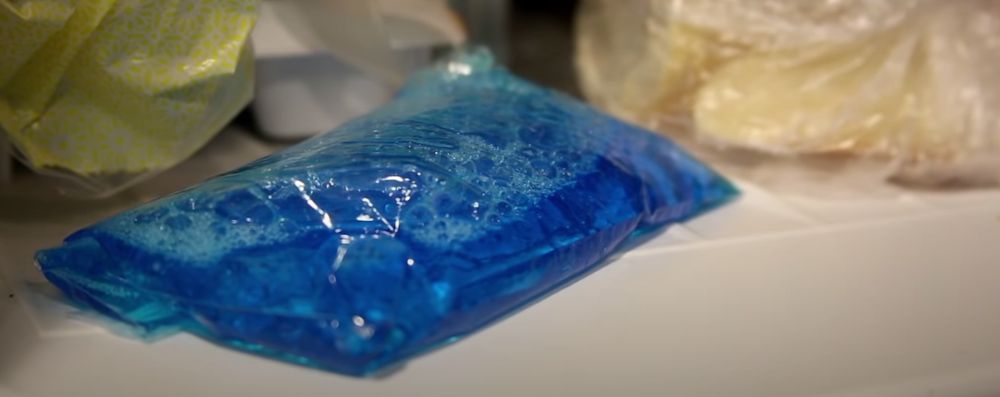
You may have heard that “salt water freezes colder than regular water”. This is kind of true but misleading.
Salt water (and some other ice pack formulations) has a lower freezing temperature but it won't get colder if placed in the same freezer.
Regular water turns from a liquid into a solid at around 32ºF (0ºC) but salt water will stay liquid until around 28 to 21ºF (-2 to -6ºC).
But if both are placed in the same freezer they will get equally as cold.
Different formulations of ice packs placed in the same freezer will all lower down to the same temperature (the temperature of the freezer).
Frozen ice cubes, a gel ice pack or a liquid cold pack that doesn't freeze will all lower down to 0ºF (-18ºC) if placed in a 0ºF (-18ºC) freezer. Whether it's a solid, slushy gel or a liquid doesn't affect this.
So you can't make a colder ice pack formulation and place it in the same freezer hoping it will get colder. That's not how it works.
Chemical Reactions To Make an Ice Pack Colder
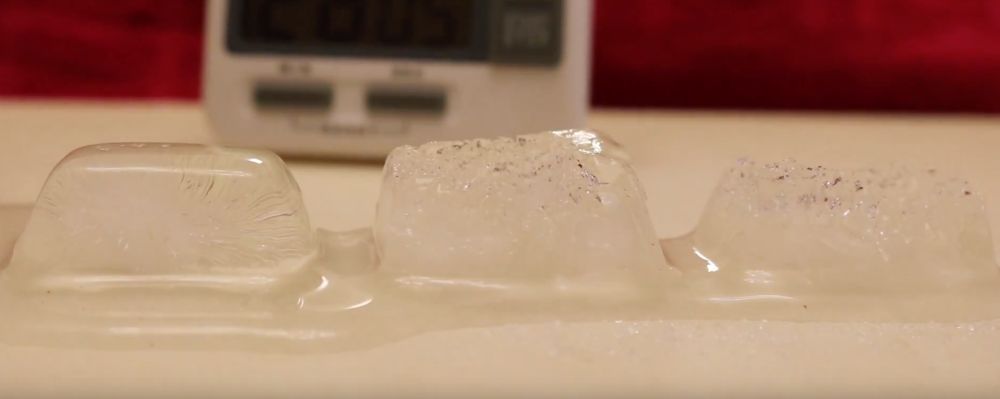
It took me a while to understand this but if you bare with me through some basic science you can learn how to make ice packs colder than your freezer.
There are certain types of chemical reactions (endothermic reactions) that actually require heat to happen. These draw heat from it's surroundings making their surroundings colder.
In an ice pack these reactions draws heat from the ice pack itself which makes the ice pack colder.
Two simple reactions are endothermic:
- Dissolving salts into water
- Turning water from solid ice into liquid water
When you dissolve a salt into water it draws heat from the water making the water colder.
Also when water turns from a solid (ice) into a liquid it also draws heat from the ice around it making that ice colder.
This two things combined is what makes adding salt to frozen ice can give you one of the coldest ice packs out there.

